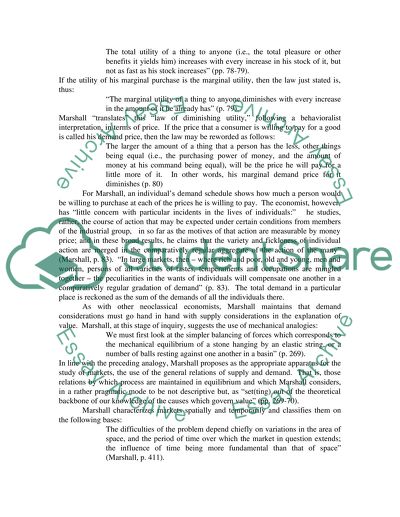Cite this document
(Supply and Demand Theory Essay Example | Topics and Well Written Essays - 3250 words, n.d.)
Supply and Demand Theory Essay Example | Topics and Well Written Essays - 3250 words. https://studentshare.org/family-consumer-science/1505185-supply-and-demand-theory
Supply and Demand Theory Essay Example | Topics and Well Written Essays - 3250 words. https://studentshare.org/family-consumer-science/1505185-supply-and-demand-theory
(Supply and Demand Theory Essay Example | Topics and Well Written Essays - 3250 Words)
Supply and Demand Theory Essay Example | Topics and Well Written Essays - 3250 Words. https://studentshare.org/family-consumer-science/1505185-supply-and-demand-theory.
Supply and Demand Theory Essay Example | Topics and Well Written Essays - 3250 Words. https://studentshare.org/family-consumer-science/1505185-supply-and-demand-theory.
“Supply and Demand Theory Essay Example | Topics and Well Written Essays - 3250 Words”. https://studentshare.org/family-consumer-science/1505185-supply-and-demand-theory.


